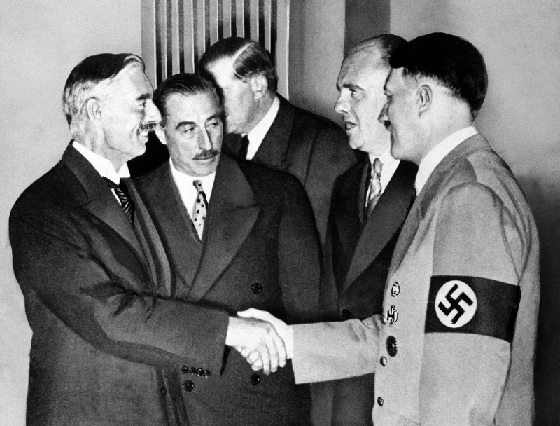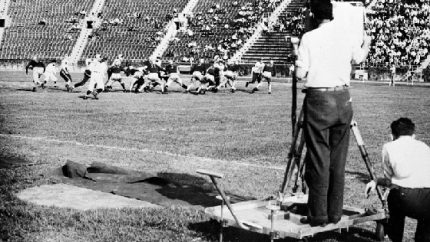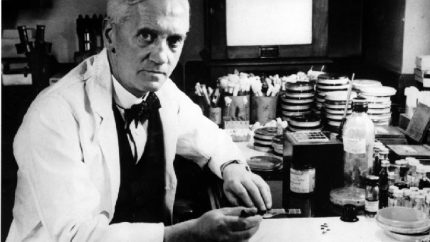
On September 29, 1938, the Munich Agreement was signed by leaders from Britain, France, Germany, and Italy, marking a pivotal moment in the prelude to World War II. By allowing Nazi Germany to annex Czechoslovakia’s Sudetenland, the agreement sought to appease Adolf Hitler and maintain peace in Europe. However, it would come to symbolize the failure of appeasement policies, as just a year later, Europe was plunged into war following Germany’s invasion of Poland.
Also on this date:
In 1789, Congress established the first standing army under the U.S. Constitution, creating the framework for a unified military force. Prior to this, defense relied heavily on state militias, but the new army would soon prove vital in conflicts like the War of 1812 and the Mexican-American War.

In 1954, Willie Mays of the New York Giants made one of baseball’s most iconic plays, known simply as “The Catch,” during Game 1 of the World Series. Running at full speed, Mays caught a deep drive from Cleveland Indians’ Vic Wirtz over his shoulder, an astounding feat of athleticism that would go down in sports history. The play not only helped secure the Giants’ victory but also cemented Mays’ legacy as one of the greatest to ever play the game.
In 1965, President Lyndon B. Johnson signed the legislation establishing the National Endowment for the Humanities (NEH) and the National Endowment for the Arts (NEA). These institutions were designed to promote cultural enrichment and scholarly research across the nation, leading to decades of funding for art, education, and humanities projects, which continue to shape American cultural life today.
In 1982, a public health crisis erupted as Extra-Strength Tylenol capsules laced with cyanide claimed the first of seven lives in the Chicago area. The deaths shocked the nation and led to sweeping changes in product safety regulations, including the introduction of tamper-evident packaging. Despite extensive investigations, the case remains unsolved, and it forever altered the way over-the-counter medications are packaged.
In 1990, the completion of Washington National Cathedral marked the end of an 83-year-long construction effort. Originally started in 1907 with President Theodore Roosevelt attending the cornerstone-laying ceremony, the cathedral has since served as a national house of worship and a venue for state events, including presidential funerals.
In 2005, John G. Roberts Jr. was sworn in as the 17th chief justice of the United States after a decisive Senate confirmation. Roberts, known for his conservative judicial philosophy, would go on to lead the Supreme Court through major rulings on issues ranging from healthcare to same-sex marriage.
In 2017, Tom Price, Secretary of Health and Human Services under President Donald Trump, resigned following investigations into his use of expensive charter flights for official business. The controversy highlighted concerns about the use of taxpayer money for government travel and led to increased scrutiny of officials’ expenses.
In 2018, Tesla CEO Elon Musk and the company agreed to a $40 million settlement with the U.S. Securities and Exchange Commission. The SEC had filed a lawsuit accusing Musk of misleading investors about taking Tesla private, a claim he made on Twitter that caused a sharp fluctuation in the company’s stock price.
In 2021, a Los Angeles judge suspended Jamie Spears from the conservatorship that had controlled his daughter Britney Spears’ life for 13 years. The decision followed a high-profile legal battle that brought attention to the conservatorship system, with the judge citing a “toxic environment” and paving the way for the pop star’s eventual freedom from legal control over her personal and financial affairs.
In 2022, in the aftermath of Hurricane Ian, rescue crews worked around the clock in Florida, navigating flooded streets and devastated communities. The storm, one of the strongest to hit the U.S., left millions without power and caused widespread destruction, prompting a massive humanitarian and recovery effort.









